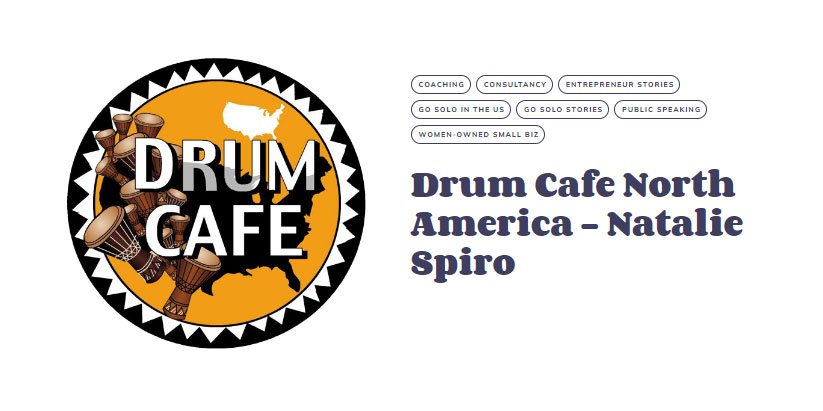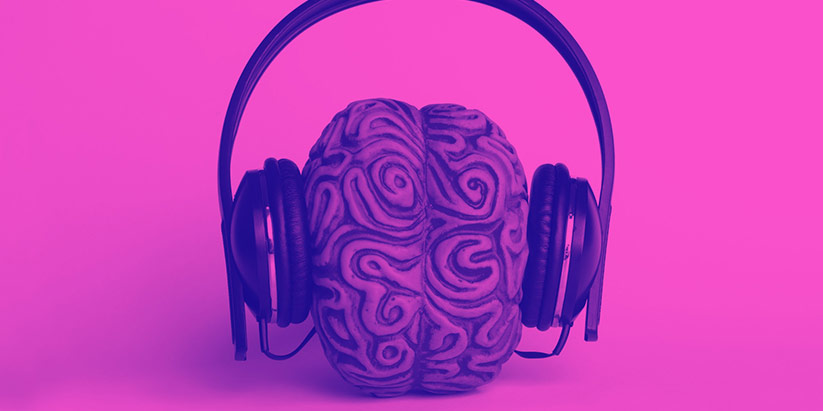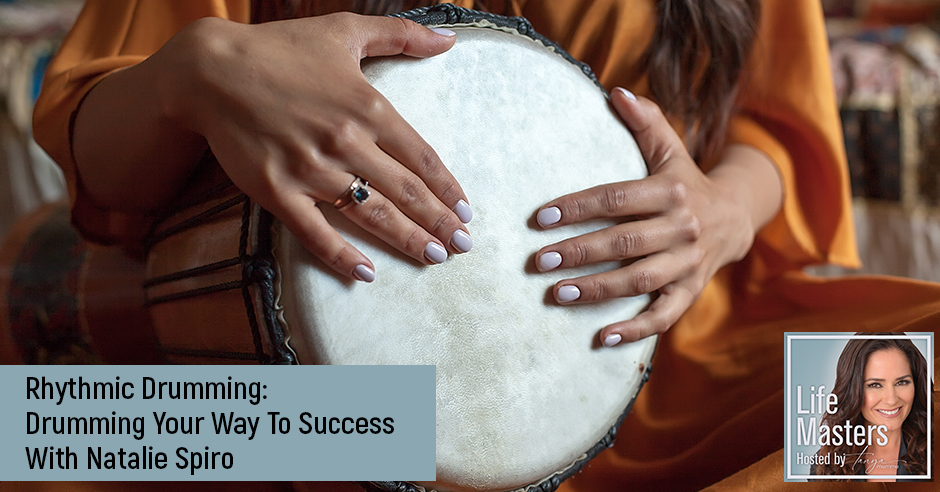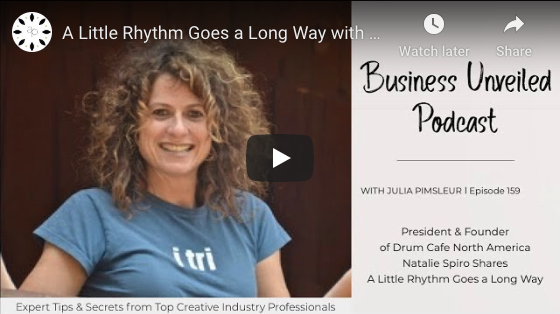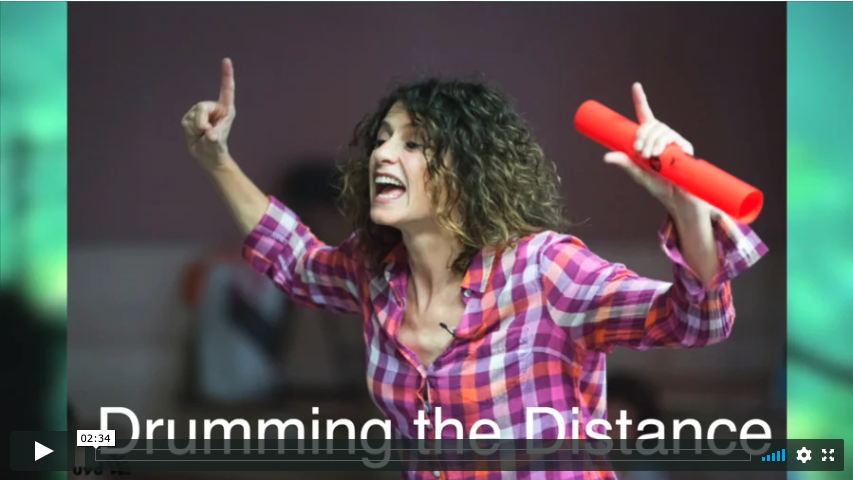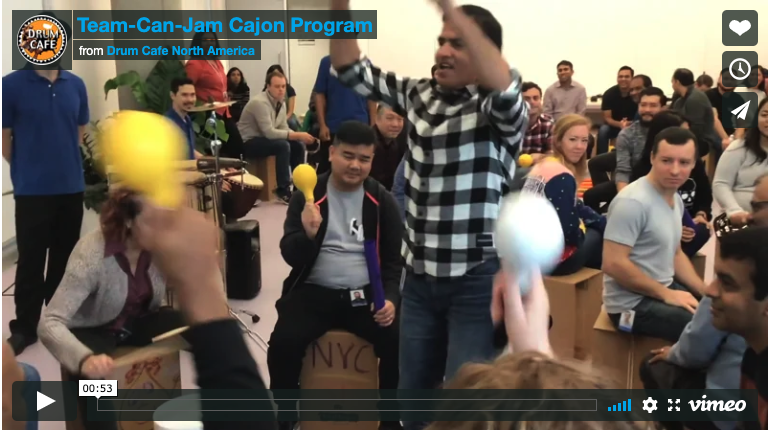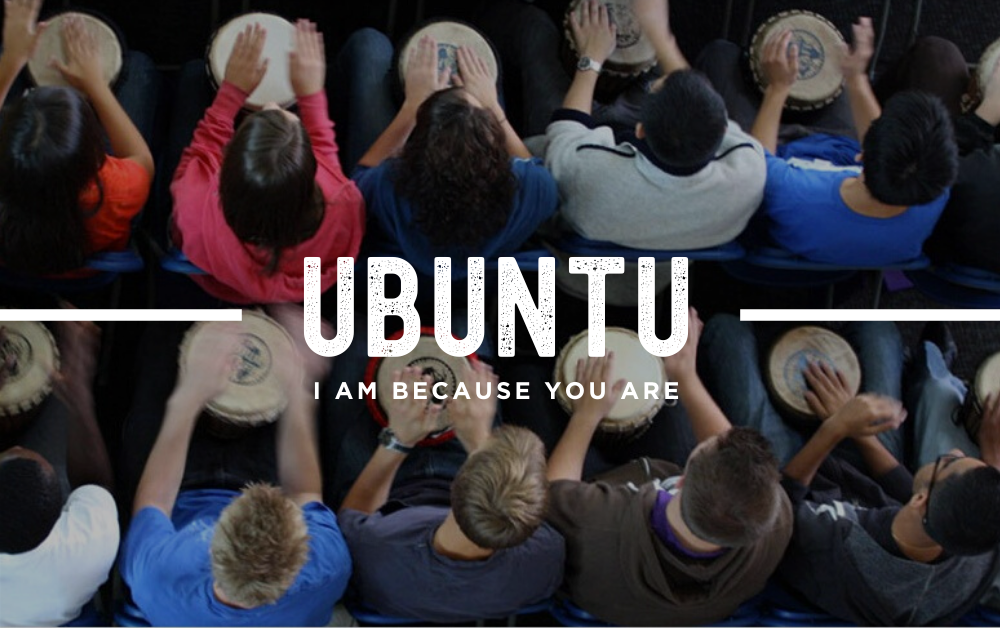In a job market where competition is intense, employers are reimagining their approach to attract and retain the best talent. Offering innovative employee benefits is at the forefront of this strategy. Employers are moving beyond traditional perks, introducing a range of creative benefits that cater to the diverse needs of their workforce. Drum Cafe North America explores perks that are setting new standards for employee satisfaction and loyalty.
Enhancing Employee Well-Being Through Wellness Programs
Employers are placing increased emphasis on wellness programs that foster both physical and mental health. These initiatives are no longer just about gym memberships; they involve comprehensive health screenings, mental health support, fitness challenges, and wellness workshops. Such programs demonstrate an employer’s commitment to the holistic well-being of their team, leading to a more engaged, healthier, and productive workforce.
Supporting Work-Life Balance With Generous Parental Leave
Recognizing the importance of family, more companies are offering extended parental leave. These policies go beyond the minimum legal requirements, providing ample time for new parents to bond with their children without the stress of work. Such policies reflect an organization’s commitment to its employees’ personal lives and well-being, which in turn fosters loyalty and job satisfaction.
Offer Education to Meet Employee Needs
Investing in employees’ education, particularly when it aligns with their job responsibilities, can lead to a more skilled and motivated workforce. For instance, healthcare workers who pursue a medical school online program can acquire knowledge and skills directly applicable to their roles within the organization. Online programs offer the flexibility needed for employees to effectively manage their work, family, and educational commitments simultaneously. By supporting employee education, companies demonstrate their commitment to professional development, which can boost job satisfaction and retention rates.
Embracing Pets in the Workplace
Many employers now recognize pets as an integral part of their employees’ lives and are introducing pet-friendly policies. This might include allowing pets in the office or offering pet health insurance. Such policies create a more relaxed and inclusive atmosphere in the workplace, acknowledging the role pets play in their owners’ emotional well-being.
Facilitating Remote Work With Home Office Support
With the rise of remote work, employers are assisting employees in setting up efficient home offices. If an employee needs a larger home with a dedicated office, companies are offering resources to find suitable accommodations. This support extends beyond just physical space, encompassing ergonomic furniture and tech support to ensure a productive remote working environment.
Alleviating Financial Stress With Student Loan Repayment
The burden of student loans can be a significant stressor for many employees. To address this, a growing number of employers are offering student loan repayment assistance programs. These programs not only provide financial relief but also demonstrate an employer’s investment in their employees’ financial well-being.
Investing in Career Growth With Tuition Assistance
Tuition assistance programs embody an employer’s dedication to fostering ongoing growth and development within their workforce. These programs, by financially supporting further education and skill enhancement, empower employees to elevate their careers and, in turn, make more significant contributions to their organization. Additionally, they highlight the employer’s investment in nurturing a knowledgeable and skilled team poised for future challenges and innovations.
Highlighting Benefits in Informative Brochures
Creating an informative brochure that outlines employee benefits is a crucial step in ensuring clear communication within an organization. This brochure should comprehensively detail the benefits available, along with the eligibility criteria and any pertinent restrictions or limitations. Rather than outsourcing to a professional designer, you can take a hands-on approach by using free online resources to help create your brochure. By using free templates, you can add personalized text, incorporate relevant images, and apply unique design elements to make the brochure both informative and visually appealing.
In today’s competitive job market, innovative employee benefits are key in attracting and retaining top talent. Employers are embracing a range of creative perks, from comprehensive wellness programs to supportive parental leave and tuition assistance, all aimed at meeting the diverse needs of their workforce. These initiatives not only enhance employee satisfaction and loyalty but also demonstrate a commitment to holistic well-being and professional development. This strategic approach in redefining workplace perks is setting new benchmarks in how companies invest in their employees’ futures.
Energize your team and break down barriers with Drum Cafe North America! Whether in-person or virtually, experience our unique, interactive drumming workshops that unite and inspire. Ready to transform your event? Contact us today and discover the power of rhythm.
Image via Pexels





